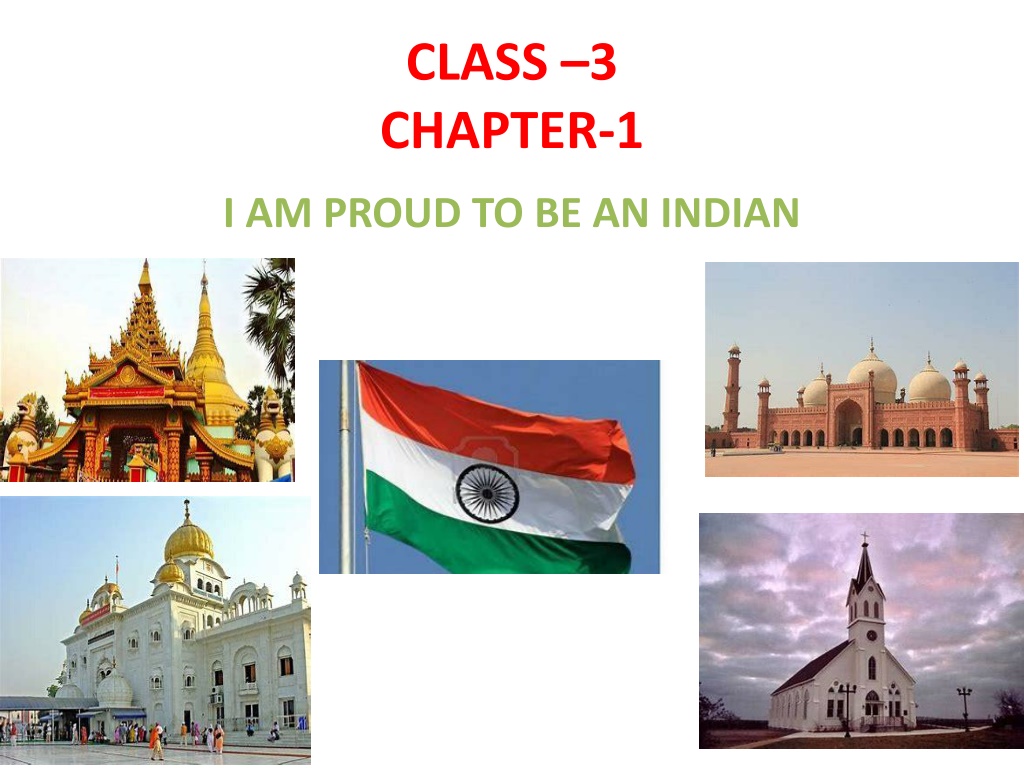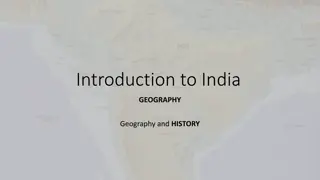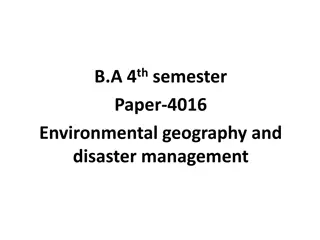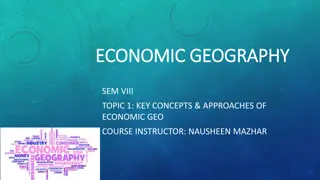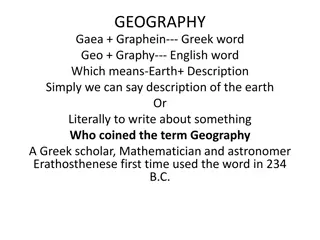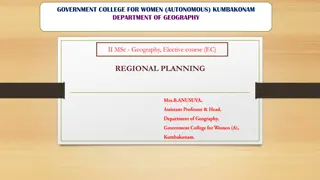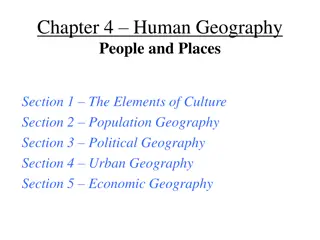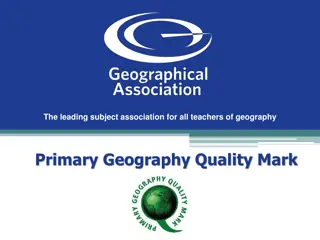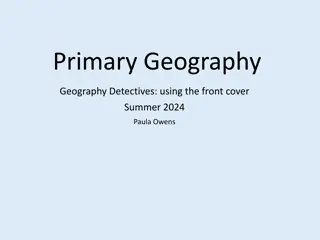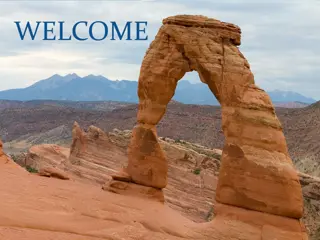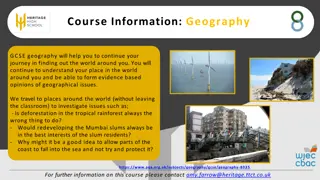Exploring India: A Journey Through Geography and Pride
India, a vast and diverse country, is explored in this presentation starting from its physical features such as mountains, plains, plateaus, and deserts. The rich heritage of India is showcased through images and descriptions, highlighting the country's unique characteristics and geographical diversity.
Download Presentation

Please find below an Image/Link to download the presentation.
The content on the website is provided AS IS for your information and personal use only. It may not be sold, licensed, or shared on other websites without obtaining consent from the author. Download presentation by click this link. If you encounter any issues during the download, it is possible that the publisher has removed the file from their server.
E N D
Presentation Transcript
CLASS 3 CHAPTER-1 I AM PROUD TO BE AN INDIAN
INTRODUCTION India ,our motherland,is a vast country. .It is the 7thlargest country in tha world . India is located in southern part of Asia. The Indian mainland spreads from Kashmir to Tamil Nadu and Gujarat to Arunachal Pradesh India spreads over 3,287,263 square kilometers. There are 28 states 8 union territories.
ACTIVITY Name the neighbouring country of India.
PHYSICAL FEATURES India has different types of landforms. NORTH side mountains (HIMALAYAS )
MOUNTAINA mountain is a very high land with peaks. They receives heavy snowfall throughout the year The northern mountain ,the Himlayan range ,stretches from Jammu and Kashmir in the north to Arunachal Pradesh in the east. There are many hill stations like, Shimla, Srinagar,Gulmarg, Nainital etc.
NORTHERN PLAINS PLAINS-----A plain is a flat land. It is lie to the south of Himalaya. They are good for growing crops. It is thickly populated.
PLATEAU PLATEAU----A plateau is a raised flat land,which is higher than the land around it. It is also called a tableland. The central part of India is a plateau. It is rich in minerals.
DESERT DESERT---- A large area of land ,covered with sand. .The Indian desert ,which is known as Thar is situated in west part of India. .It is a barren and sandy land.
COASTAL AREA . COASTAL AREA----- Coastal area is a place ,where land meet the sea. .There are two Ghats WESTERN AND EASTERN GHATS
ISLANDS ISLAND---- An island is a piece of land that has water all around it. India has a two group of islands. (A) Andaman and Nicobar island (B) Lakshadweep island
ANDAMAN AND NICOBAR ISLAND They are in the Bay of Bengal in the south-east of India.
LASHADWEEP ISLAND They are in the Arabian Sea in the South West of India. It is small and flat.
SEASONS India has three main seasons in a year- (A) Winter season (B) Summer season (C) Monsoon/ Rainy Season & Two short seasons are--- Autumn Season Spring Season
RIVERS India is a land of many rivers like---- Ganga , Yamuna , Brahamaputra , Krishna, etc The Ganga is the largest river in India. Brahmaputra is the longest river in India.
WE have seen that India is a land of diversity. It has great variety of landforms, climate, religion, traditions, plant and animals. It is a great diversity that makes India a unique country.
